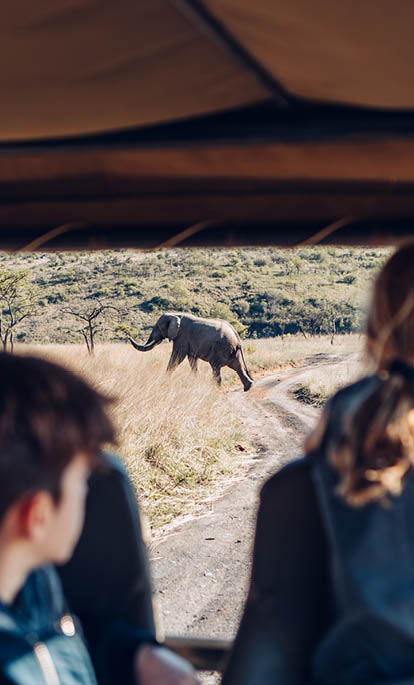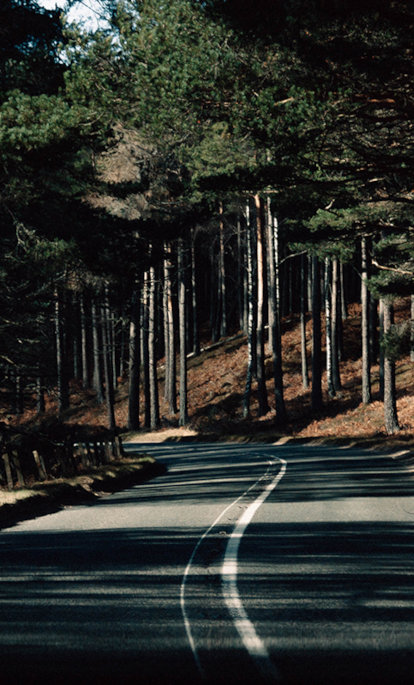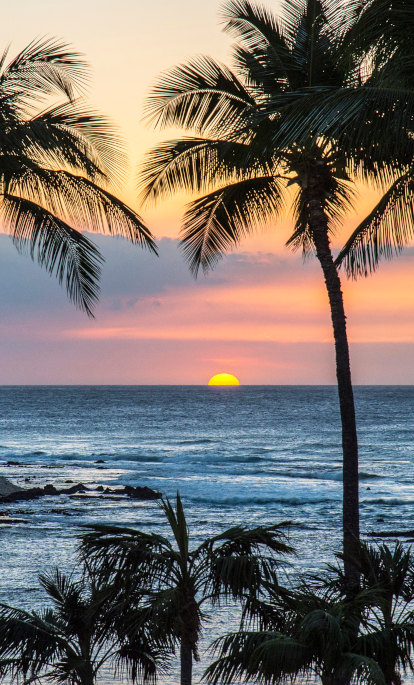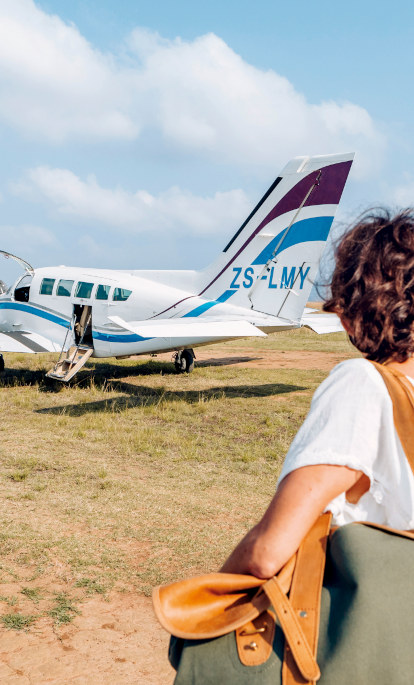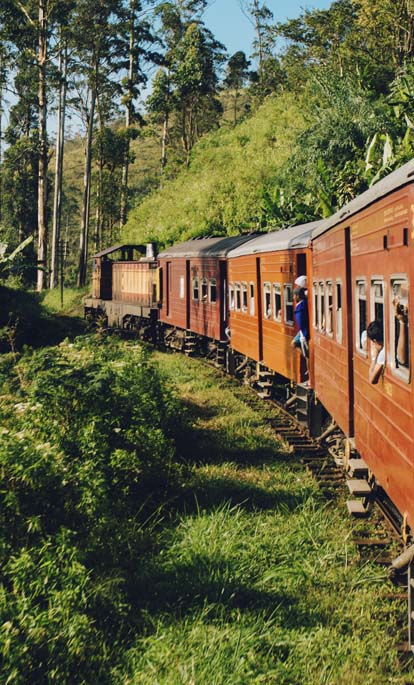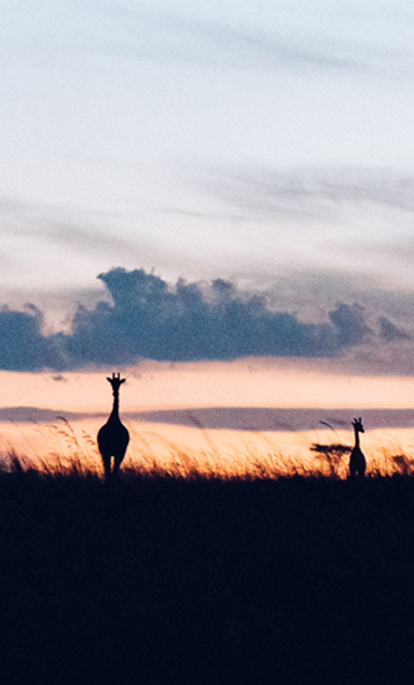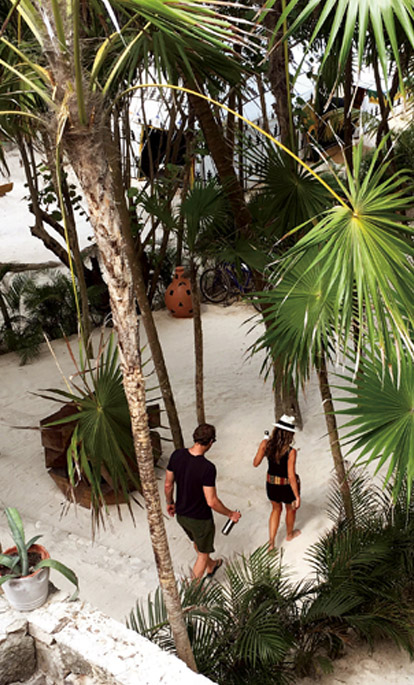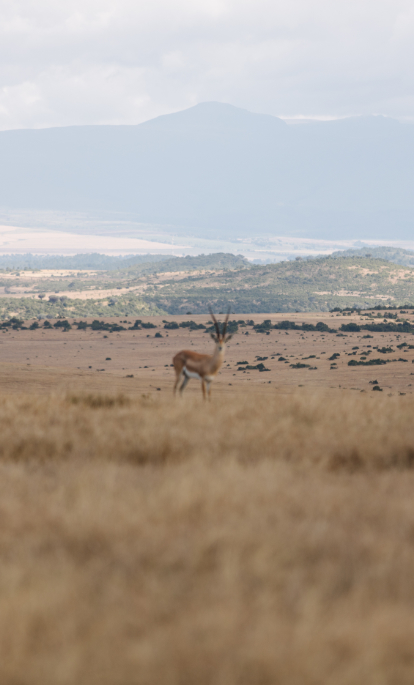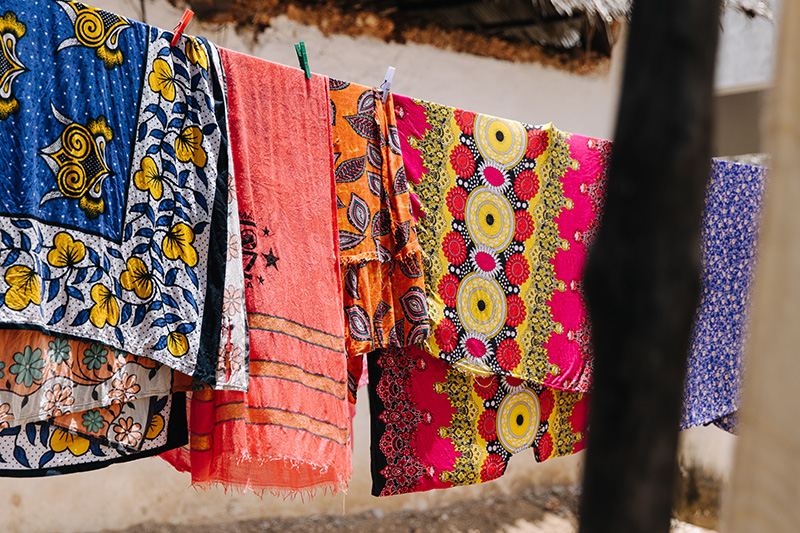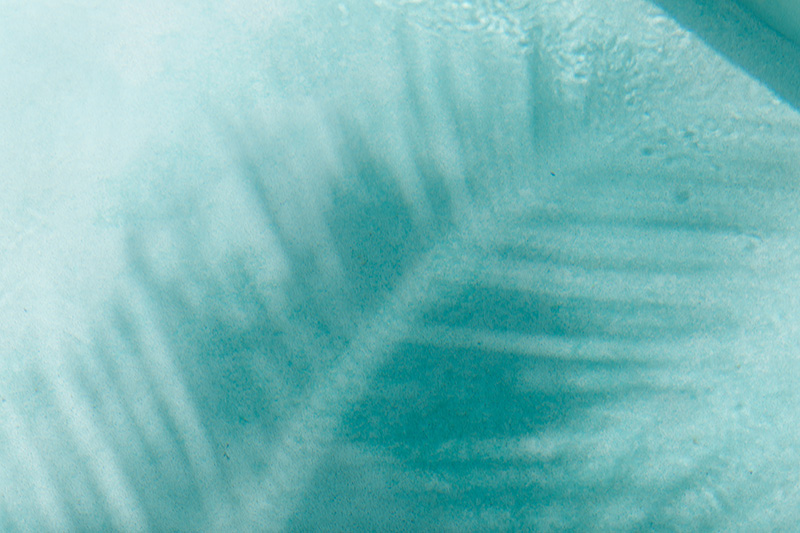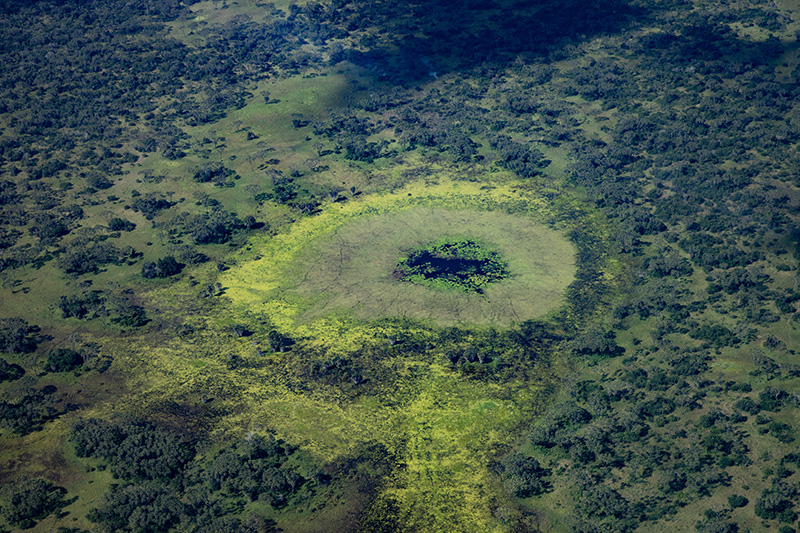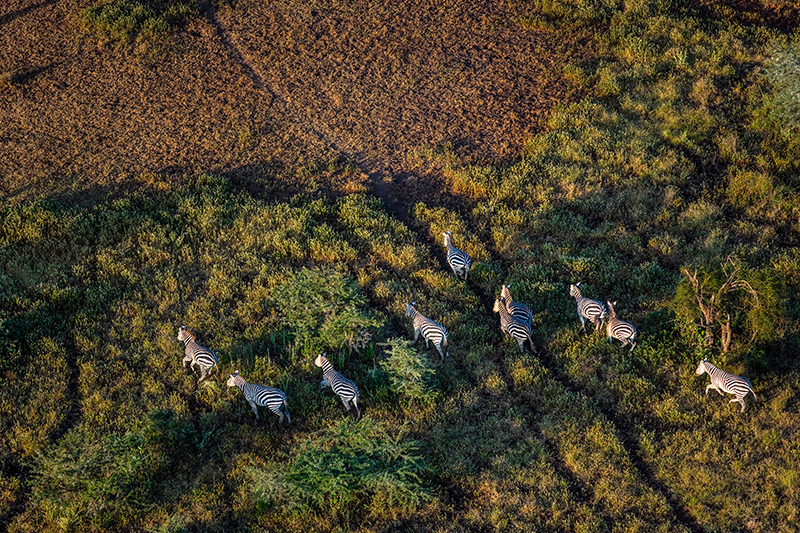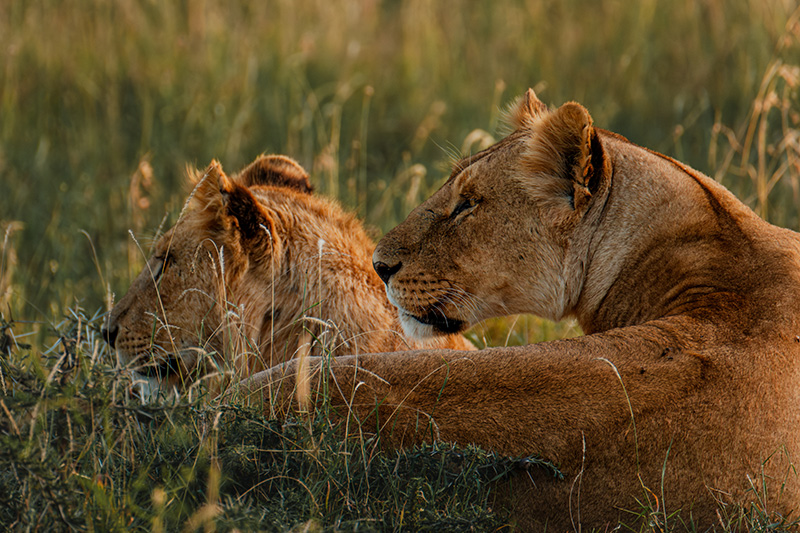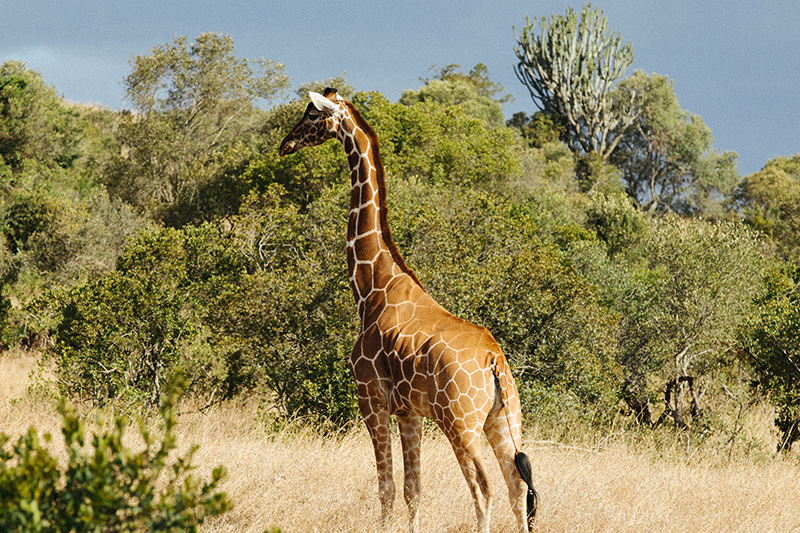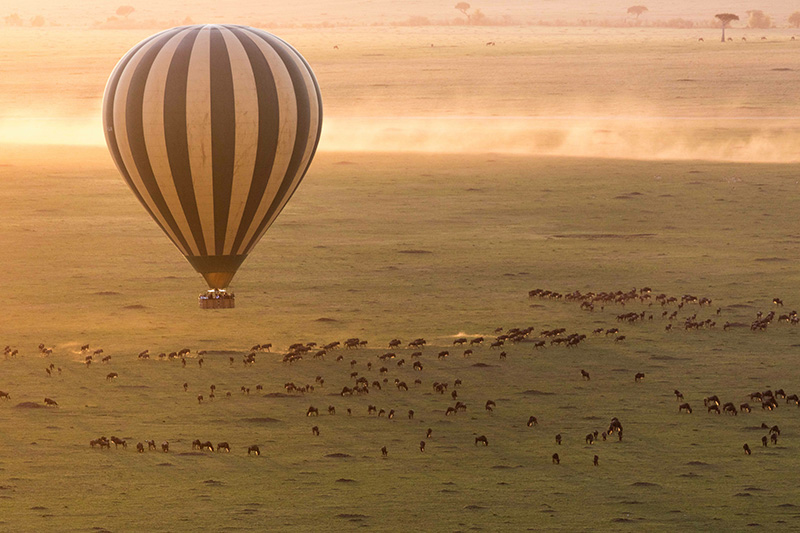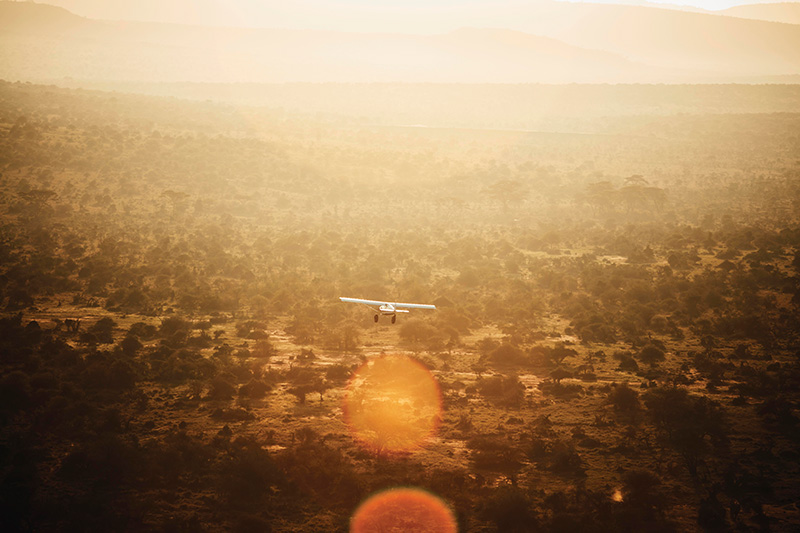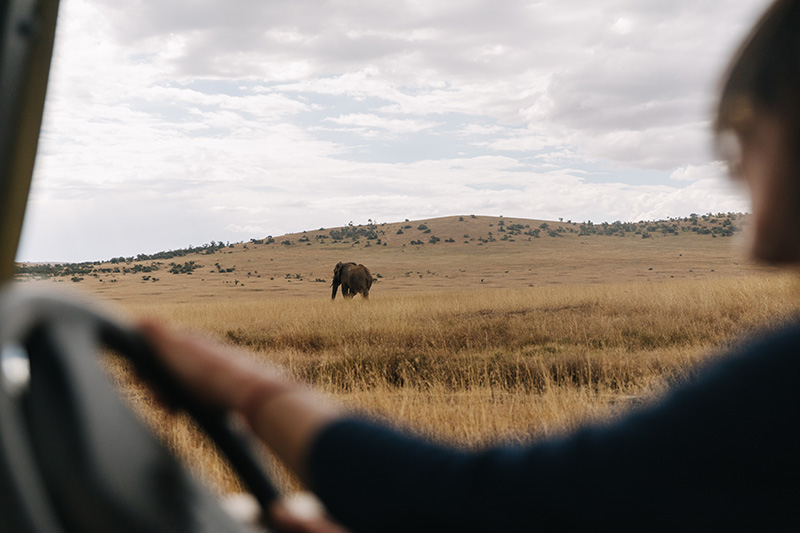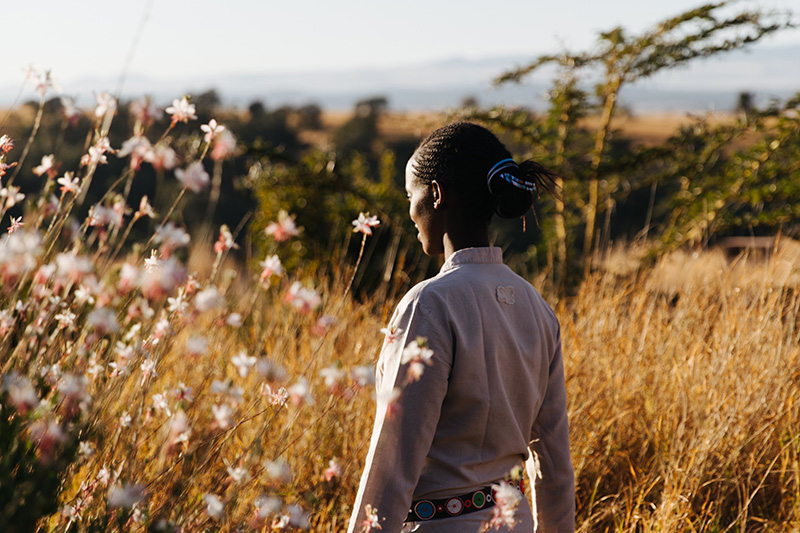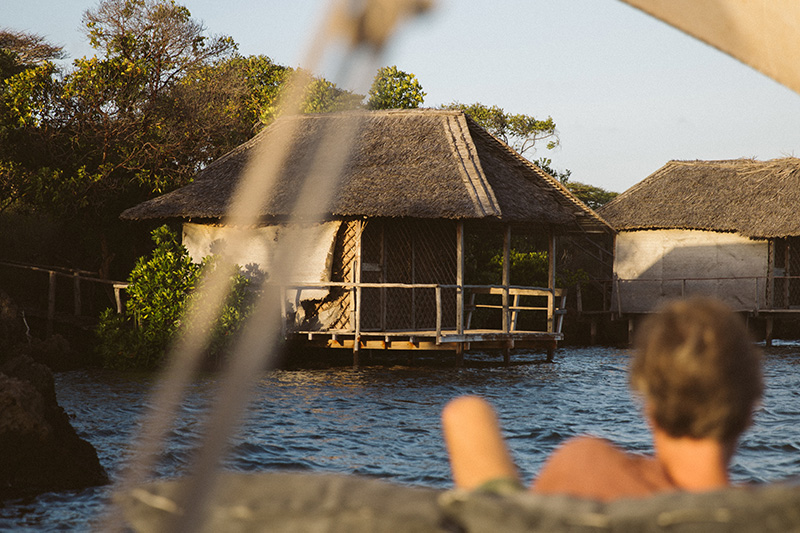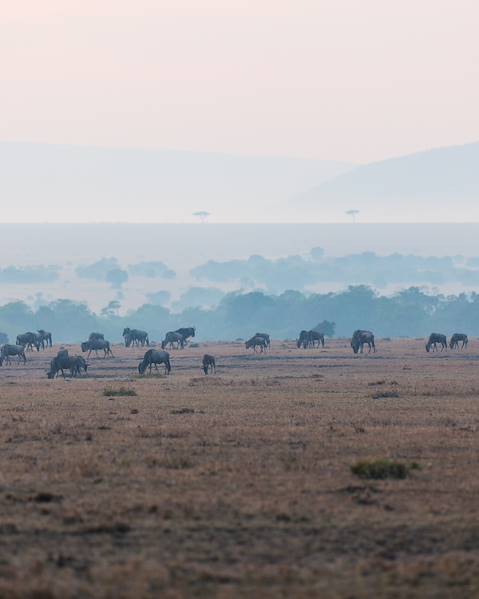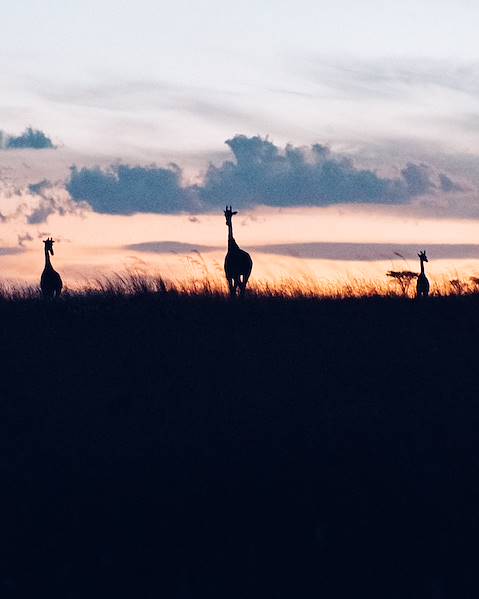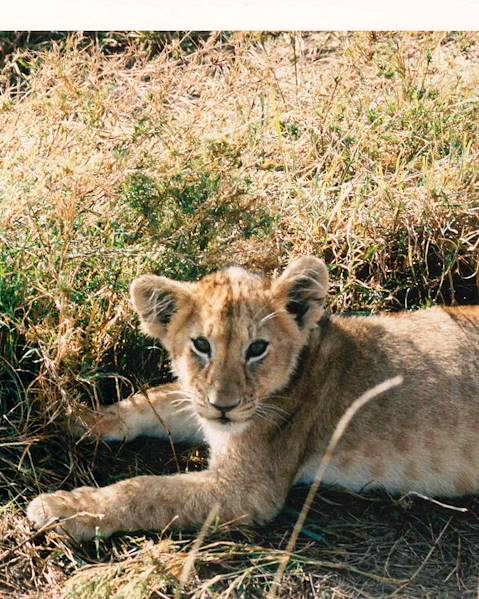Your visit to Kenya is likely driven by a desire to discover its lyrical landscapes and diverse wildlife. Kenya lies on the equator in East Africa, offering tropical conditions and stable temperatures year-round. So, when is the best time to visit Kenya? It depends on what you want to point your binoculars at. For the awe-inspiring Great Migration, a visit during the dry season from late July to October is your best bet, when herds travel between the southern Serengeti and the Masai Mara. The dry season also brings sightings of blush-pink flamingos at Lake Nakuru. Meanwhile, the rainy seasons offer fewer crowds and excellent wildlife spotting opportunities, particularly during March. Sandwiched between the short rains of November and the long rains of April, January displays flourishing vegetation and newborn wildlife. Read on for our carefully curated month-by-month guide to help you plan your Kenyan adventure.
Weather in Kenya
Kenya's temperatures are very high all year round due to its location near the equator. Summer temperatures (January and February) range from 35° to 40°C during the day, and 25°C to 30°C at night. During the winter months, mainly July and August, temperatures average 30° to 35°C during the day, and 20°C to 25°C at night. These averages are not an accurate depiction of Kenya's climate and weather, as the country's landscapes greatly influence its temperatures.
Both the coastline and the Lake Victoria basin have hot and humid climates. This coastal strip is relatively mild, but watch out for the humidity. Further north the climate is very hot, even bordering on a desert climate. The plateaus, located about 60 miles from the coast, rise to altitudes ranging from 3280ft to just over 9800ft. So in general, the climate here is much more temperate.
Temperatures are pleasant throughout the year, with average days reaching above 25°C in summer and winter. The nights are a little cooler, but still very pleasant, with temperatures averaging 20°C in summer, and falling to around 10°C in winter. On the plateaus, the temperature range is fairly high during the day.
The final thing to note here is that the sun is very punctual in Kenya. As the country is on the equator, the sun rises daily between 6:00 am and 6:30 am, and sets between 6:30 pm and 7:00 pm.
Kenya's Dry and Rainy Seasons
Due to its location on the equator and proximity to the Indian Ocean, Kenya has distinct dry and rainy seasons. There are two main dry seasons. The first one runs from December to March, which is the country's summertime. Another dry season, the country's winter, runs from July to October. The two rainy seasons come in between. The first is the longer rainy season, which runs from April to June. Another shorter rainy season runs between November and mid-December. When visiting Kenya during one of its dry seasons, it's best to keep in mind that the driest month to travel to the country is January (summer). More generally, the warmest and driest period runs from December to March.
The rainy seasons aren't always the same in terms of intensity. Rainfall usually begins at a mild rate in April, and then gradually intensifies until early May, before further decreasing and finally stopping at the end of June. During a rainy season in Kenya, the sun, which generally shines for ten to 12 hours a day, fades away and is covered by large black clouds in minutes. Like most rainy episodes in other countries at the same latitude (especially in Asia), rainfall is torrential, but the duration of the downpours is short-lived. Usually, following 30 minutes of heavy rain it only takes another 30 minutes for everything to dry again, and these downpours can happen both during the day and at night. When visiting Kenya during the rainy season, it's best to keep in mind that the second half of June is generally a lot drier. Conversely, Kenya's most intense monsoon season, with the heaviest rainfall, is in May. The alternating dry and rainy seasons make Kenya a real mosaic of climates. Being so close to the equator, temperatures in the country are very pleasant all year round, so you can visit any time of the year, even outside the main tourist season (December to March), but the best weather is on offer between June and September.
